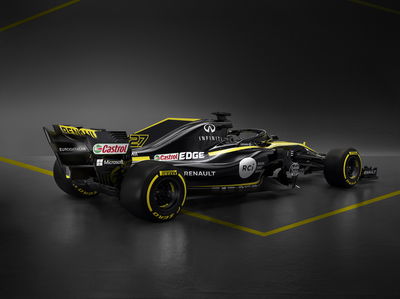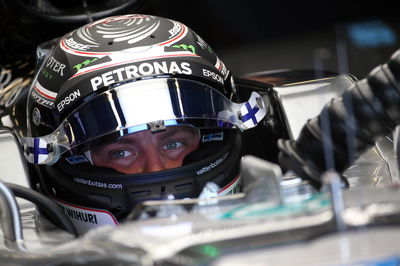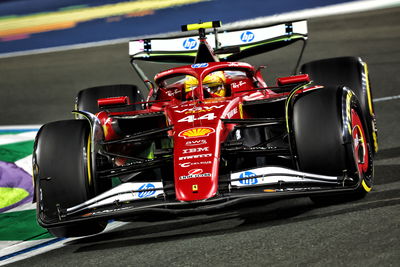Renault: New F1 car easier to find limit
Renault technical director Nick Chester says its 2018 Formula 1 car, the R.S.18, has been designed to make finding the limits easier to enable both Nico Hulkenberg and Carlos Sainz to extract maximum performance.
The French manufacturer launched its 2018 F1 car on Tuesday revealing both rendered and physical images of the R.S.18 with a relatively conventional design with the feature of its the eye-catching tighter packaging around its power unit - which has also been produced by Red Bull which unveiled its new car on Monday.

Renault technical director Nick Chester says its 2018 Formula 1 car, the R.S.18, has been designed to make finding the limits easier to enable both Nico Hulkenberg and Carlos Sainz to extract maximum performance.
The French manufacturer launched its 2018 F1 car on Tuesday revealing both rendered and physical images of the R.S.18 with a relatively conventional design with the feature of its the eye-catching tighter packaging around its power unit - which has also been produced by Red Bull which unveiled its new car on Monday.
While the intricacies of the design are expected to develop during pre-season testing, Renault’s chassis technical director Chester says the 2018 F1 car is an evolution on its car from last year which it argues became the fourth-quickest on the grid at the end of 2017.
“In concept, the R.S.18 is a development of the philosophy of the R.S.17 with everything we learnt last year added to it,” Chester said. “We learnt a lot last year in terms of the aero package so there should be a lot more scope with this car.
“On the chassis side, there are substantial differences in the suspension, which should give us better ride over bumps and a little bit more predictability for the drivers.
“There’s a lot of aero development, not only for downforce but to have a more accessible performance envelope, meaning we have a car which is easier to put on the limit and allows the drivers to extract maximum performance.”
Chester is eager for Renault to learn lessons from some shortcomings seen in 2017 as it plots its continued upward trend since returning as a fully-fledged manufacturer at the start of 2016. The Renault technical chief has credited the closer working relationship between the team’s base at Enstone and its engine factory in Viry.
“The R.S.17 was the first car developed between Enstone and Viry from the outset and we had a reasonably quick car – the fourth fastest on the grid by the end of the season,” he said. “We did, however, experience growing pains in terms of reliability and there were elements on the chassis side we could have done better. 2017 was nevertheless a positive step in competitiveness with some useful lessons learnt.”
Renault finished in sixth place in the 2017 F1 world constructors' championship moving up three spots from the 2016 season.











